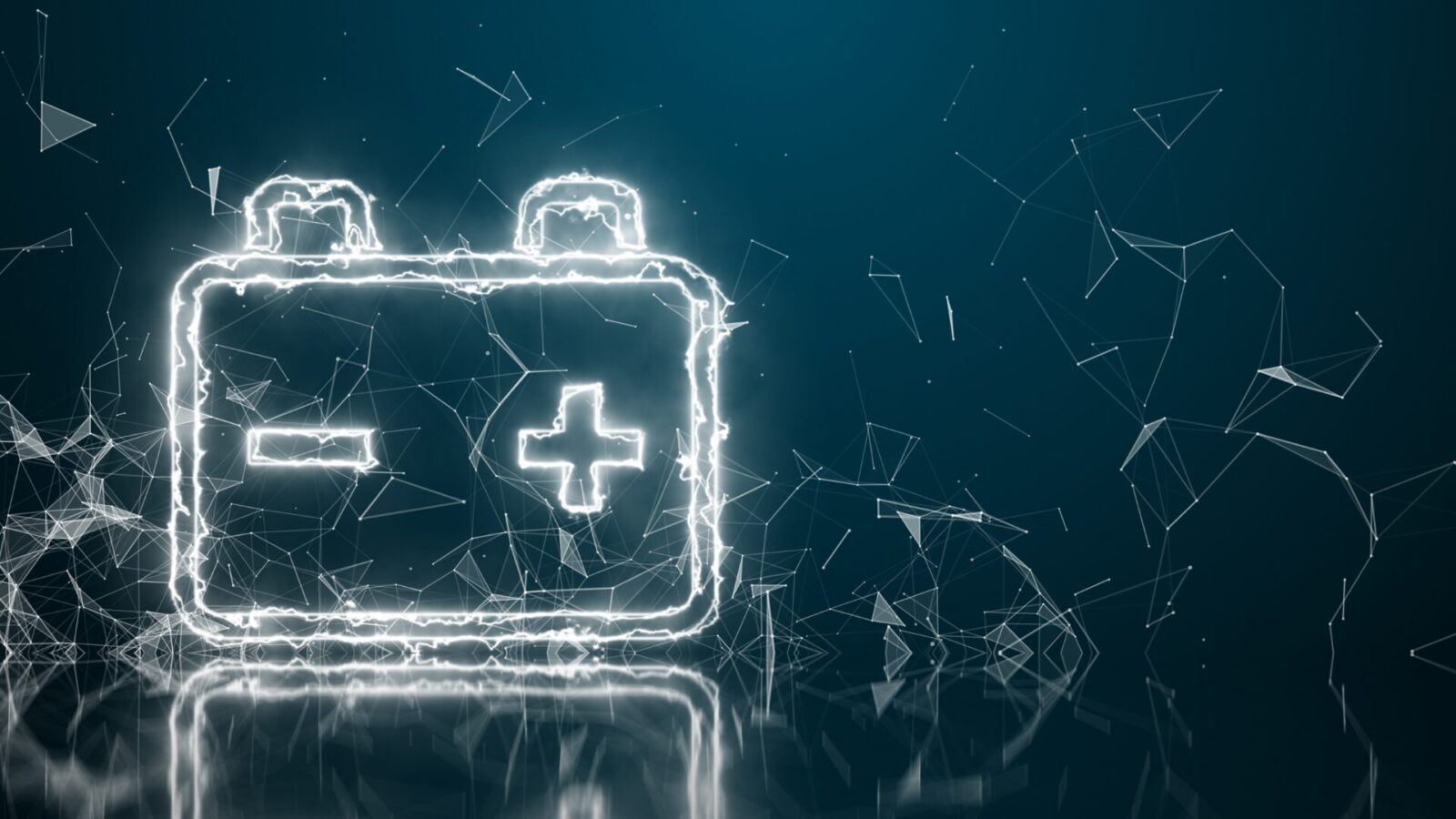
Critical components in electric vehicles and the clean energy grids of the future, batteries are having their moment in the sun. As the energy transition unfolds Wood Mackenzie expects global battery demand to surpass 4 Terawatt-hours (TWh) by 2032, a 230% growth from 2023. To put that in perspective, an average EV has a battery pack of 60 kilowatt-hours (kWh) – 4 TWh is enough for 66 million vehicles.
However, not only is the demand for batteries high and expected to increase, the demand for safe and sustainable batteries is rising as well. In light of high-profile fires stemming from the batteries in EVs, battery storage systems, and e-bikes, the need for inherently safe battery storage technologies has become top of mind. Lithium-ion batteries, which overwhelmingly account for the batteries powering our electric cars and mobile devices, have serious safety and sustainability problems. They’re not only notoriously flammable, but also contain toxic materials and have a significant environmental footprint.
Next-generation aqueous batteries, by comparison, represent a non-flammable, high-performance alternative. Alsym Energy is building the world’s first low-cost, high-performance, rechargeable battery based on an aqueous design. Read on to learn more about aqueous battery tech and how it will power a safer, greener future.
What is an aqueous battery?
Basic aqueous battery technology has been around since the 1860s. Lead-acid batteries, the first rechargeable batteries ever sold, are aqueous batteries. In the modern technology landscape, there are a range of aqueous battery types, including:
- Lead-acid
- Aqueous sodium-ion
- Aqueous zinc-ion
- Nickel-metal hydride (NMH)
- Nickel cadmium (Ni-Cd)
In aqueous batteries, the electrolyte consists of a water-based solution. Of the four main components that make up a battery – the cathode, anode, electrolyte, and separator – the electrolyte is the medium that facilitates the transfer of charge-carrying particles, or ions, between the battery’s two electrodes.
In a lithium-ion battery, the electrolyte typically consists of a flammable organic solvent with other additions. When a lithium-ion battery reaches temperatures above 60 degrees Celsius (140 degrees Fahrenheit), the electrolyte can begin to evaporate, transforming into a gas and causing the battery to heat up and vent flammable gases. If the gases catch fire, the whole battery can catch fire or even explode.
In addition to being less flammable, most aqueous batteries can be built using a range of readily-available materials with robust supply chains, which can help reduce pricing volatility. While Alsym Energy batteries are non-flammable and non-toxic, that is not true of all aqueous battery technologies. For instance, lead-acid batteries are highly toxic and corrosive, and can cause lead contamination when they aren’t recycled properly.
A note: aqueous batteries should not be conflated with flow batteries. Flow batteries are rechargeable batteries built with two tanks of liquid pumped through the system on opposite sides of a membrane, which allows for ion transfer. Unlike batteries with an intercalation mechanism which store energy in the electrode material, flow batteries store energy in the electrolyte. Flow batteries may be aqueous batteries, but not all aqueous batteries are flow batteries.
Aqueous battery design considerations
While next-generation aqueous battery technology is advancing rapidly, there are some fundamental design considerations that must be kept in mind:
- They often have lower cell-level voltages than lithium-ion batteries, which can limit energy density at the system level.
- Some types of aqueous battery have limited service lives (the number of charge and discharge cycles).
Safety of aqueous batteries
Safety is one of the biggest reasons why Alsym Energy is working to commercialize next-gen aqueous battery technology. Our aqueous batteries present significant safety advantages over lithium-ion batteries not only for consumers, but also for transportation, storage, and end-of-life processes. This is primarily due to our non-flammable, water-based electrolyte.
Unlike the flammable organic solvents used in lithium-ion batteries, danger of fire associated with physical damage and overheating are extremely rare in aqueous batteries. For these same reasons, aqueous batteries are generally safer to store and transport.
Alsym Energy: Building a sustainable future
Alsym is committed to developing innovative aqueous battery technologies. Our vision is an eco-friendly future powered by safe and sustainable energy storage solutions. In practically every stationary storage market, there are opportunities for high-performance aqueous batteries to provide a safer, lower-cost alternative to lithium-ion. By improving aqueous battery technology further, our ongoing research and development efforts aim to bring about the clean energy future that is safer, sustainable, and more accessible.
Learn more about the next-generation battery technology we’re developing at Alsym Energy on our website.




